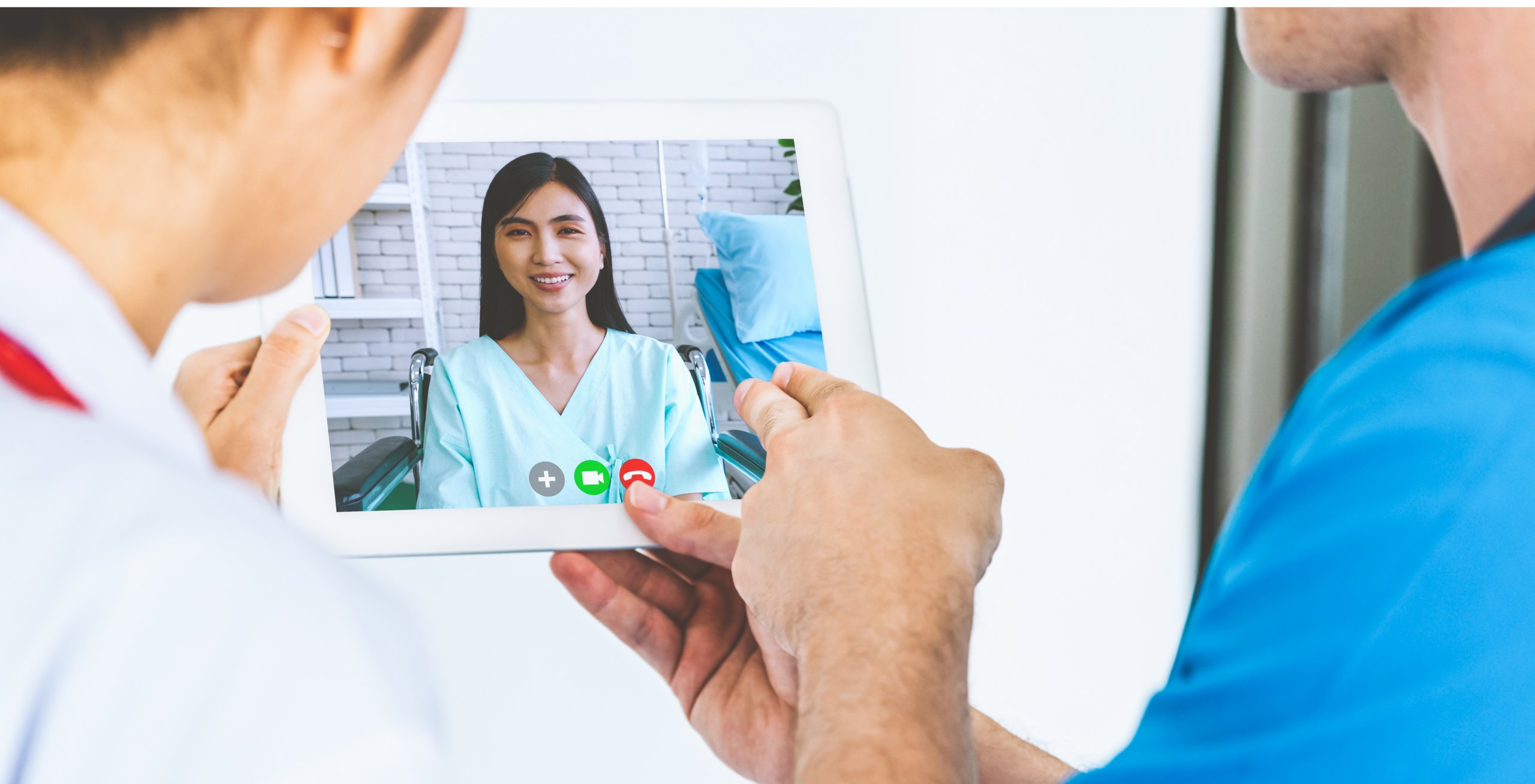
The COVID-19 pandemic has changed several processes in medicine, but perhaps the biggest was moving from in-person doctor appointments to conducting them over a video call. Telehealth has been great for many patients and physicians across the world, but it still comes with its own set of challenges. With that said, many people are wondering if telehealth is here to stay after the pandemic, or will it fade back into obscurity?
It turns out that the mass adoption of telehealth won’t be as smooth as we’d like to think, but there is a lot of merit in keeping it around for the benefit of both patients and providers.
The Good News
Medical applications like telehealth aren’t new: it’s been around since the Internet was invented, but Internet speeds weren’t fast enough to handle video conferencing. Now, with the roll-out of more affordable high-speed Internet, we are seeing users adopt telehealth with more enthusiasm. Telemedicine can fill in gaps for at-risk and elderly populations by offering better access to care for those populations. And, as we’ve seen during the COVID-19 pandemic, it can also be a safe way to see the doctor when you’re not feeling well enough or are scared to go in person.

Telehealth also affords patients more privacy of medical services, security of their sensitive information, and safety from being exposed to infections and illnesses. Better yet, the service offers a lowered cost of service for patients and a reduced workload for providers. Ultimately, it’s convenient for both patients and providers.
With the increasing popularity of smart devices, telemedicine has expanded and grown in the past few years. Compared to 35% of hospitals in 2010 employing telehealth, there was a major uptick to 76% of hospitals offering the service in 2019. Experts expect the telehealth industry and market to grow from $34 billion in 2018 to $185 billion in 2026.
What To Improve in Telehealth
It seems, for all intents and purposes, that telehealth is here to stay — for good. But there are many hurdles for the technology and its proponents to get over. For one, not all medical providers are comfortable enough with technology to offer it as a service. It doesn’t make sense to force the technology on these providers because it could lead to a loss of privacy and data security for their patients.
On that note, there’s also no way to ensure that providers are upholding a decent or consistent quality of service and care between offices and regions. There are no standards of care set out by the federal government or by the governing medical association. Because there are no standards or rules in place, regulation, reimbursement, and billing become more convoluted.

On the other hand, there are entire populations of patients that may not be able to use the service or know how to access it without getting in-person training, which erodes a major benefit of telehealth: convenience. Patients may not know that telehealth is being offered by their insurance company or doctor. And speaking of insurance companies, providers are noticing that insurers are not providing enough support for the service.
Many patients lack local infrastructure and a good-enough Internet connection. While patients in Los Angeles or New York have adequate access to a high-speed connection, rural patients and those in developing third-world countries face disadvantages in conducting video calls. If all medical providers switch to remote health delivery, many people will die from a lack of medical service. Experts say the quality of the Internet connection could determine the accuracy of the diagnosis, which is terrifying to think about.
There is also the issue of cybersecurity, which affects all digital and emerging technologies, not just telemedicine or digital healthcare. With medical records increasingly becoming electronic, there is a risk of losing privacy as well as a need for proper cyber hygiene protocols. Experts say that to achieve an adequate level of awareness for providers and patients, it would require a large investment in digital literacy campaigns.
The Pandemic’s Effect
Up until the pandemic, the adoption of telemedicine was moving at a steady rate, and it was largely viewed as a new service to accommodate even more patients. But with the pandemic setting in, the shift to telemedicine was forcefully accelerated due to a need for remote, accessible, and reliable delivery of healthcare.
For many patients, most of whom had never taken a doctor appointment over a video call, the new service was a great alternative to an in-office visit. Surveys of patients who used telehealth show that 74% reported a high level of satisfaction from using telehealth services and support further development of the technology used. Surveys of providers who used telehealth to meet with patients showed that 57% have become more favorable towards using telehealth after exposure to COVID-19, and 64% are more open to the idea of working remotely.
The pandemic also shifted healthcare policies and streamlined the rapid adoption of telemedicine. Regulatory committees and insurance companies have even worked together to lift restrictions on remote healthcare in 2020.
Medicine Moving Forward
Because telehealth is a new technology, there are a lot of improvements needed before it can become the primary delivery of medical care for the world. But that doesn’t mean that it isn’t already a viable doctor appointment options as it stands.
Still, it’s imperative that we work together with Internet companies, local and federal regulators, and infrastructure departments to bring this amazing technology to those who need it most. There is hope, for both patients and providers, that telehealth will rise up to its challenges and meet its potential, even if it happens long after the pandemic ends.
Have you taken a telehealth appointment? How did it go? Let us know in the comments below!





